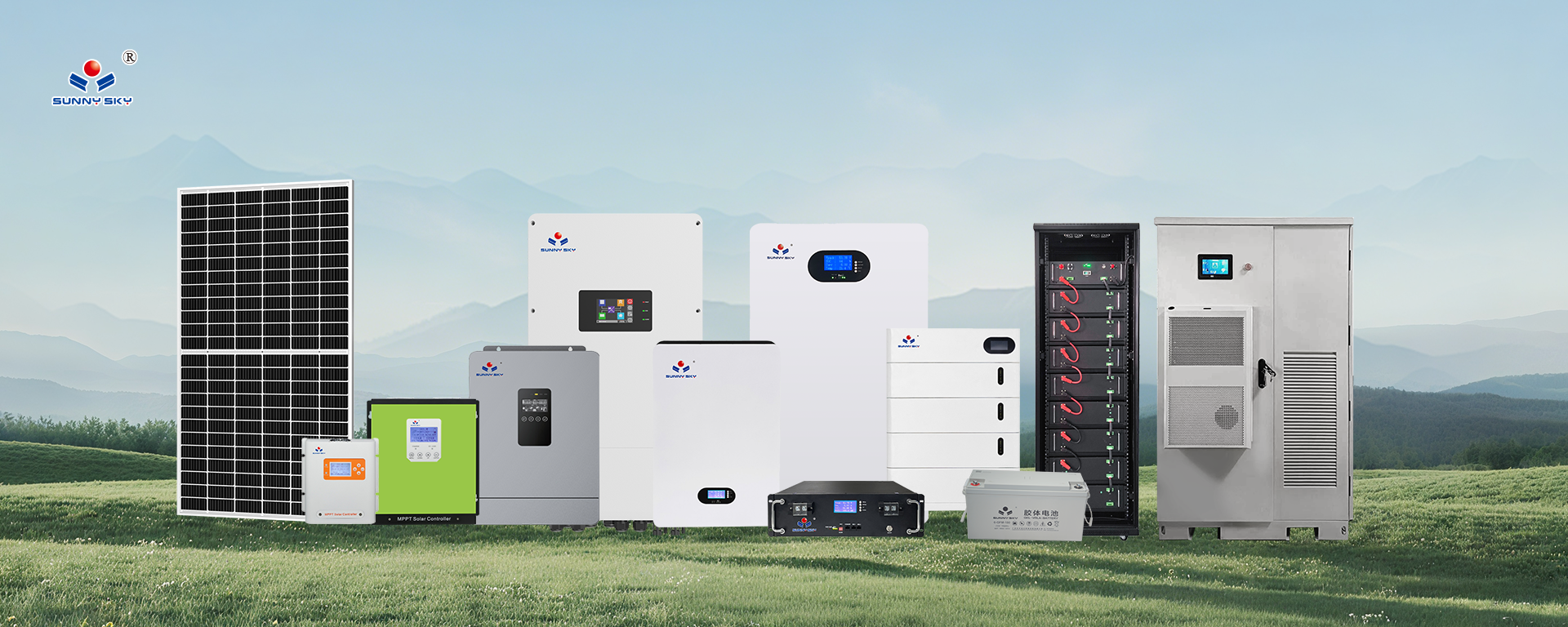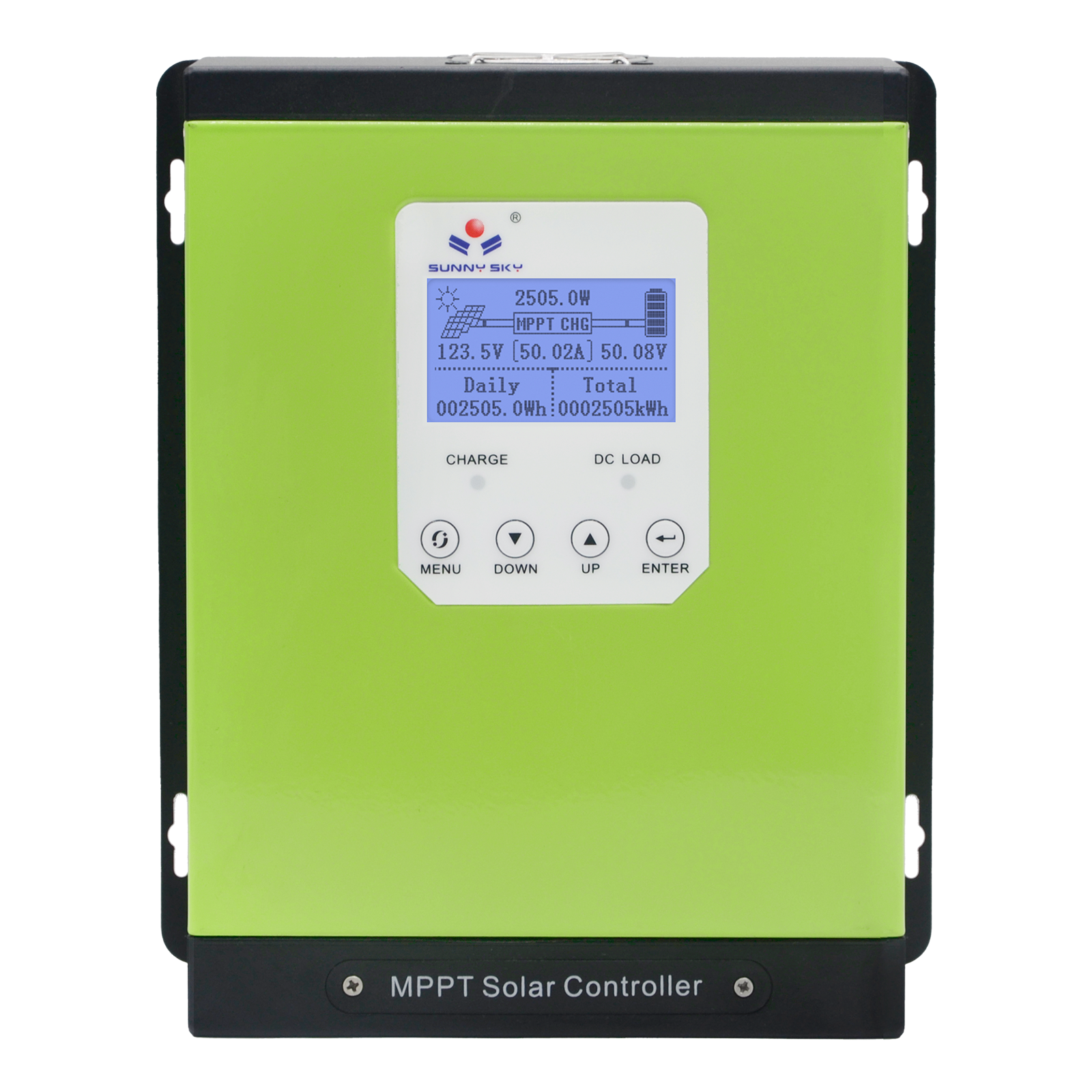
Understanding the 500W/1kWh System
When evaluating solar storage options, a system with a 500W output combined with 1kWh energy storage is an excellent benchmark for essential needs. This configuration is ideal for powering critical devices like lights, fans, routers, and charging personal electronics during a power outage or for daily energy-saving purposes. A key advantage of modern units is the built-in inverter, which seamlessly converts the stored DC power from the battery into usable AC power for your appliances. This eliminates the need for separate, bulky components and simplifies installation. For many, this setup is the perfect introduction to home energy storage, providing peace of mind and enhanced energy efficiency without a massive upfront investment. It’s a practical solution for smaller homes, apartments, or as a supplementary backup power source.
Scaling Up: 500W vs. 1000W Solutions
A common question for potential buyers is whether a 500W system is sufficient or if a larger unit is required. The answer lies in your specific energy demands. While a 500W system handles the basics with ease, powering larger appliances like televisions, refrigerators, or multiple devices simultaneously calls for more power. This is where a 1000W system with 2kWh of storage capacity demonstrates its superiority. It provides more than double the power output and storage, transforming it from a simple backup unit into a core component of your home's energy infrastructure. This larger capacity makes it a more comprehensive form of residential solar storage, capable of sustaining a household for longer periods and supporting a wider array of devices, making it one of the more robust solar power solutions available today.
The Technology Behind Modern Energy Storage
The performance and safety of these systems are rooted in their advanced technology. Many high-quality units utilize a lithium iron phosphate battery, which is renowned for its long lifespan, thermal stability, and superior safety profile compared to other lithium-ion chemistries. This ensures reliability and longevity for your investment. Furthermore, the inclusion of Maximum Power Point Tracking (MPPT) technology maximizes the energy harvested from solar panels, even in less-than-ideal sunlight conditions. From a design perspective, the trend is moving towards a sleek, wall-mounted solar storage unit. This not only saves valuable floor space but also allows the system to blend seamlessly into the home's decor, creating a truly integrated energy system that is both functional and aesthetically pleasing.
Making the Right Choice for Your Home
Ultimately, choosing between a 500W and a 1000W system depends on a clear assessment of your needs. The 500W system is a cost-effective and highly capable solution for ensuring essential devices remain operational and for reducing daily grid consumption. It is an accessible gateway to energy independence. In contrast, the 1000W system is a more substantial investment designed for those seeking greater power autonomy and the ability to run more demanding appliances. Both options represent a significant advancement in personal energy management, offering a reliable, clean, and efficient way to power your life, reduce your carbon footprint, and secure your energy future.


